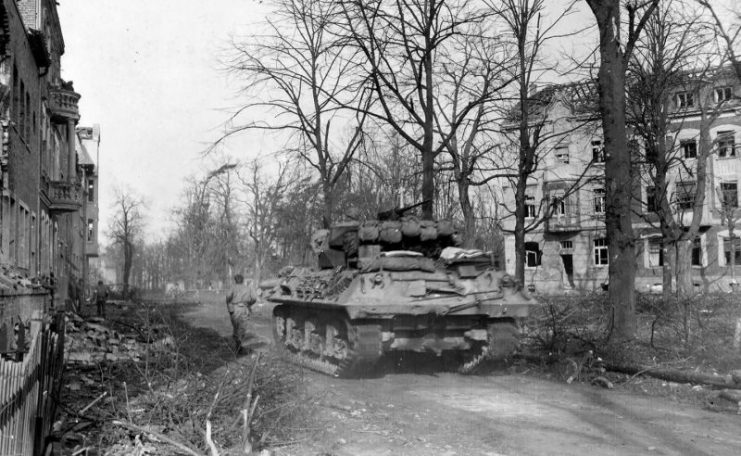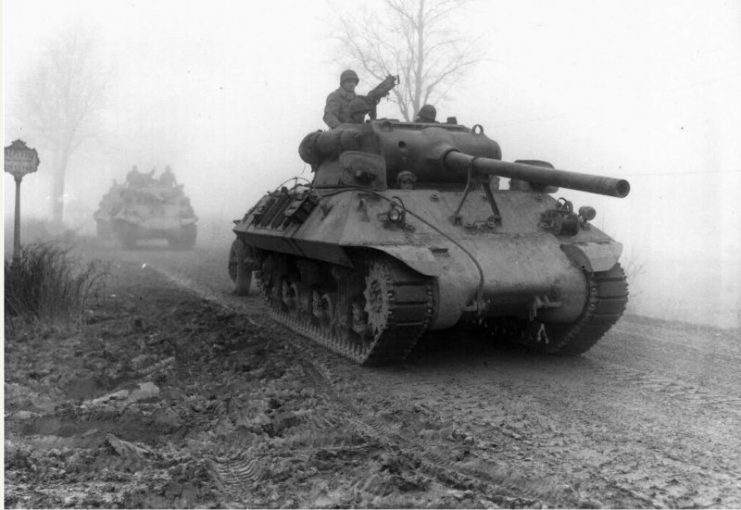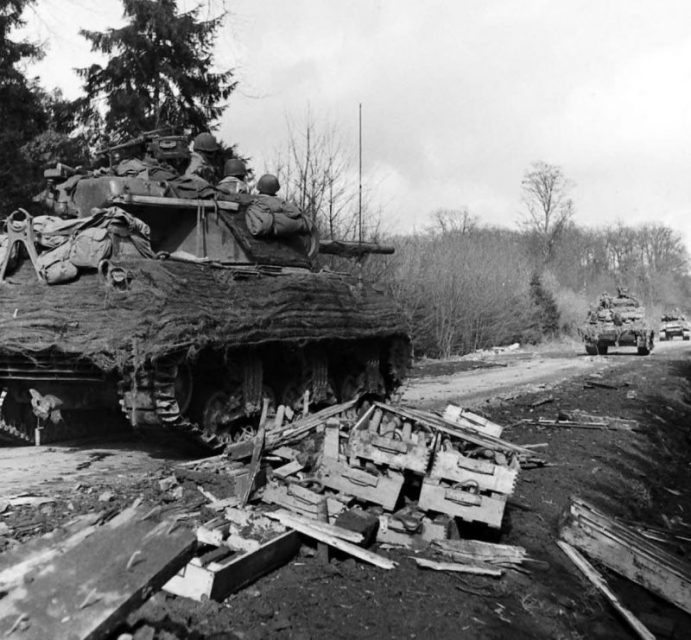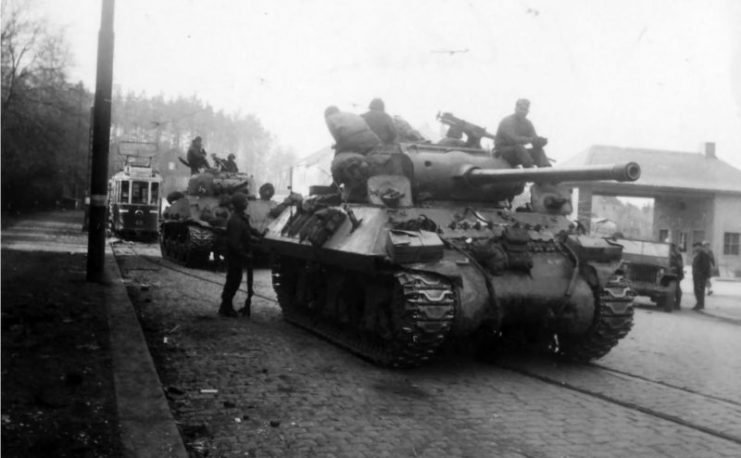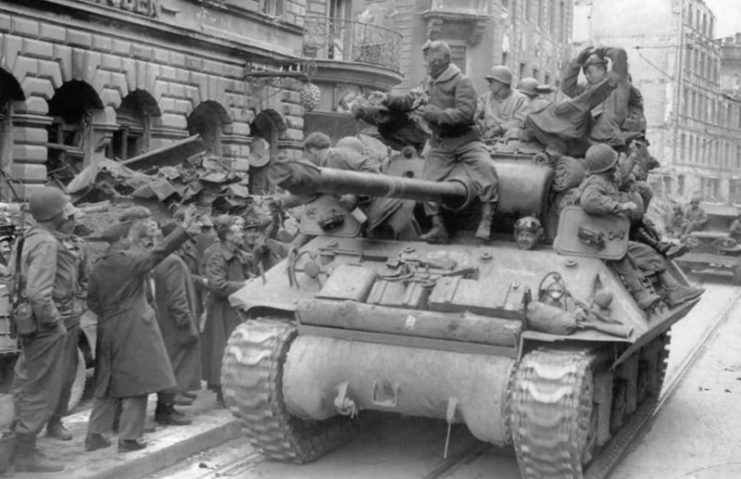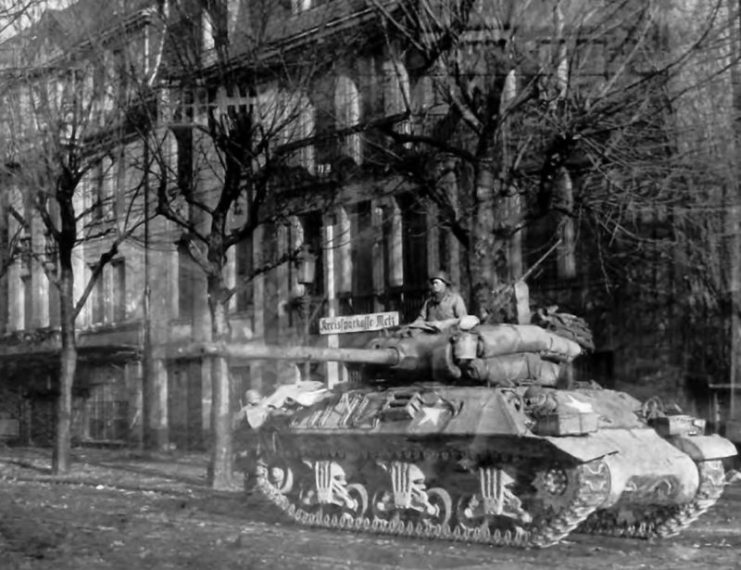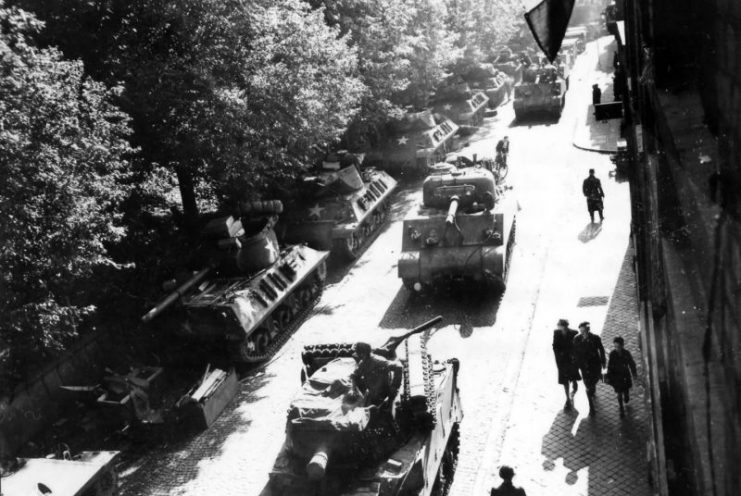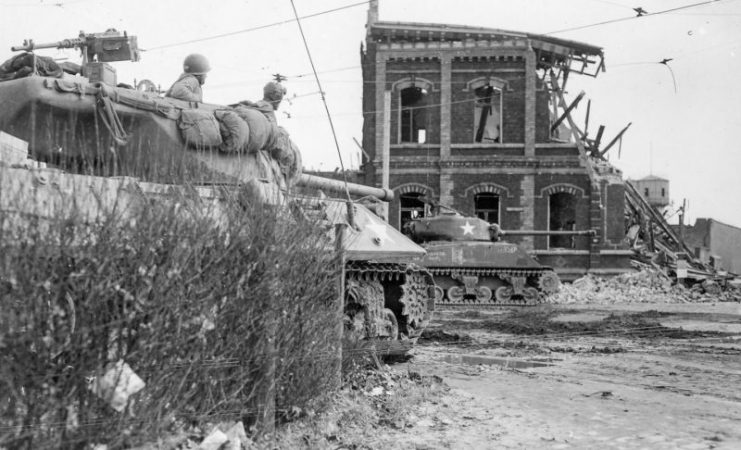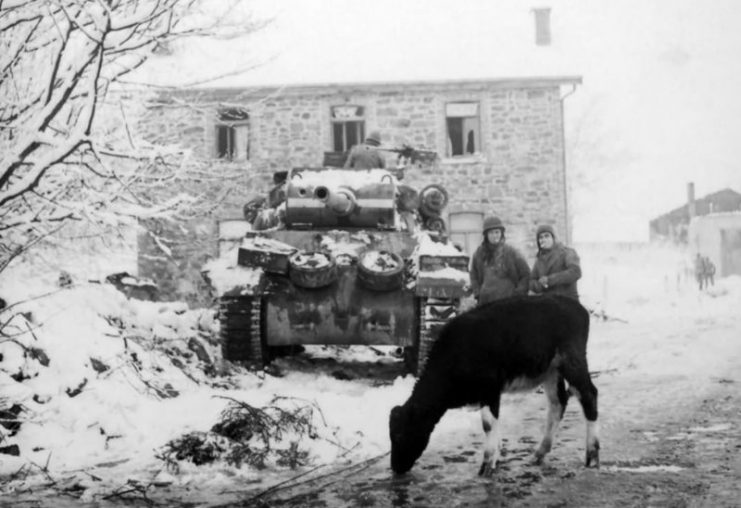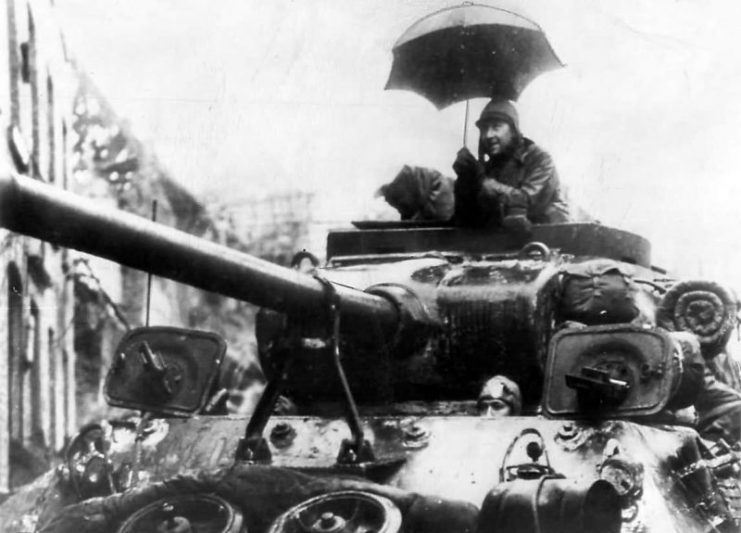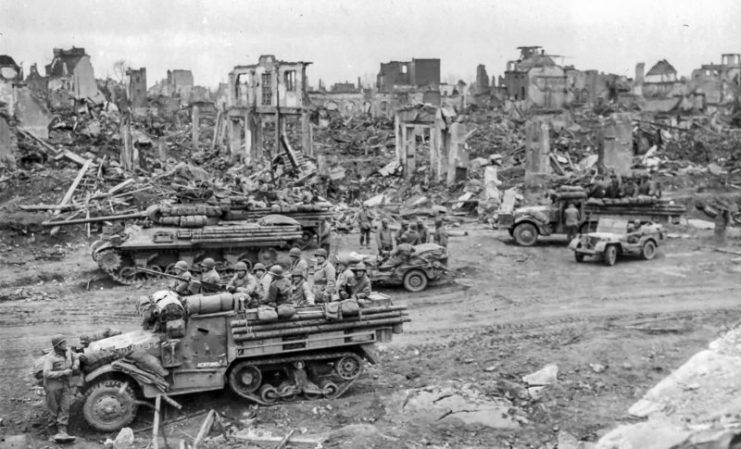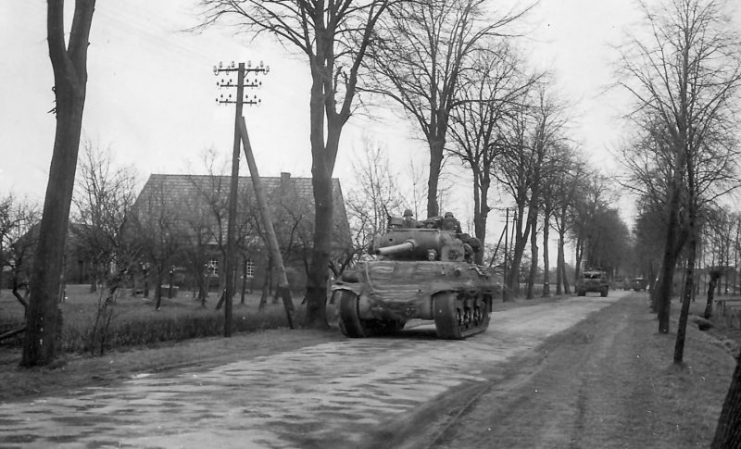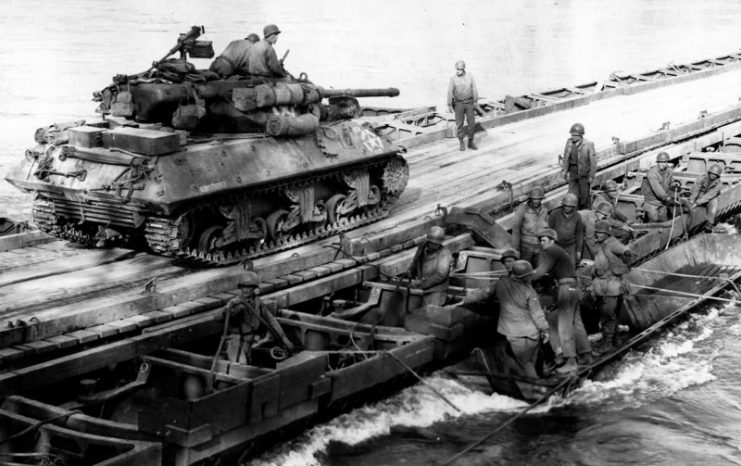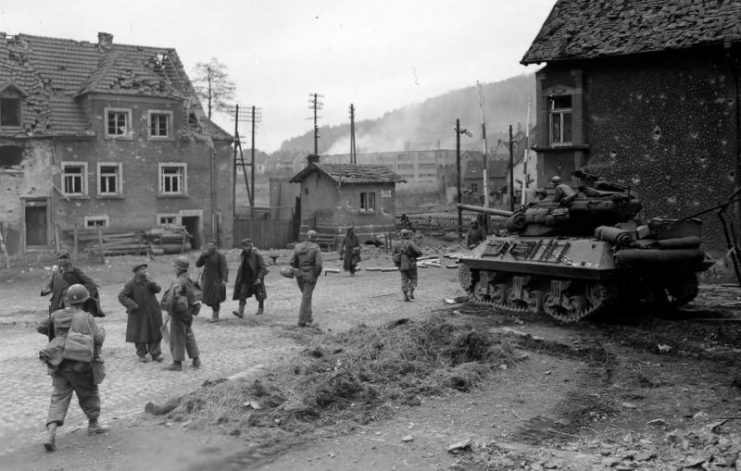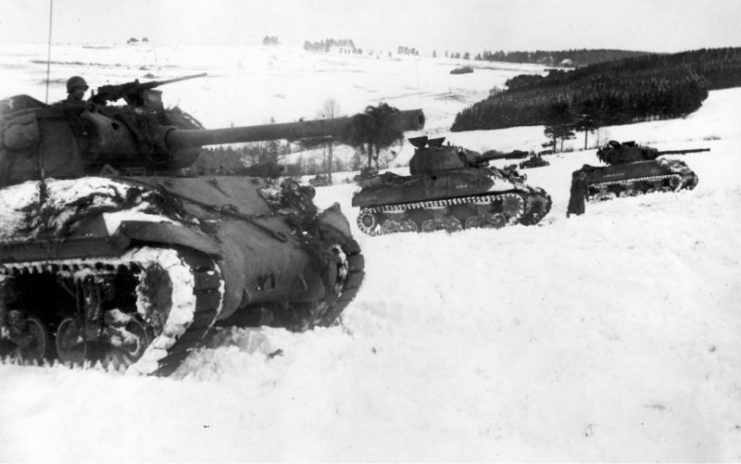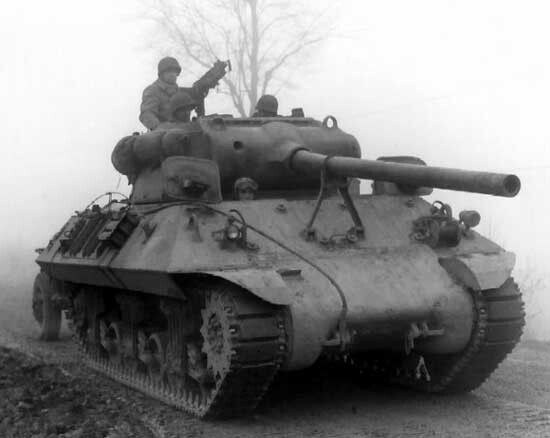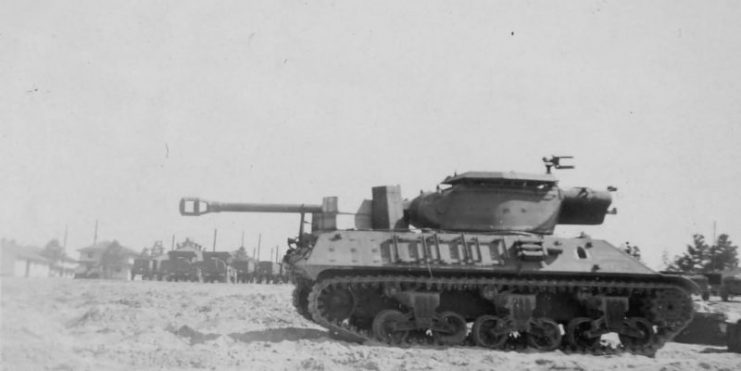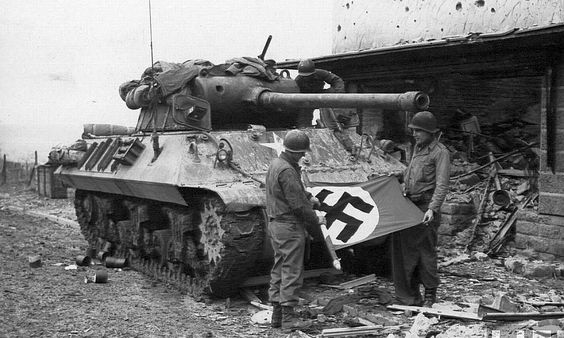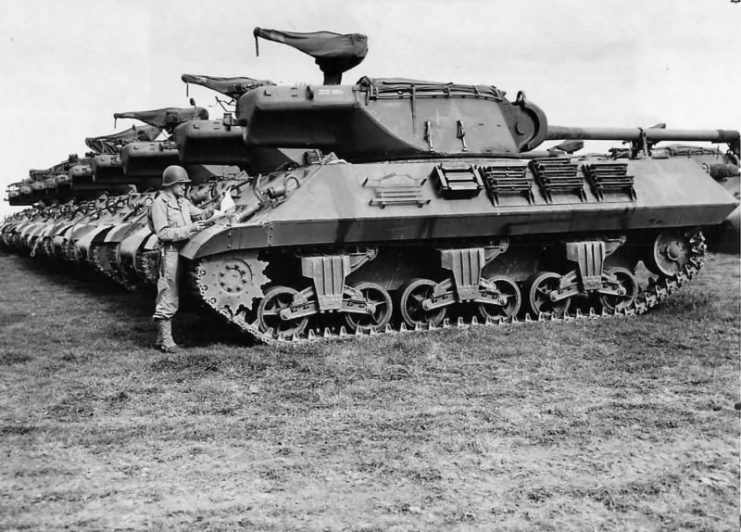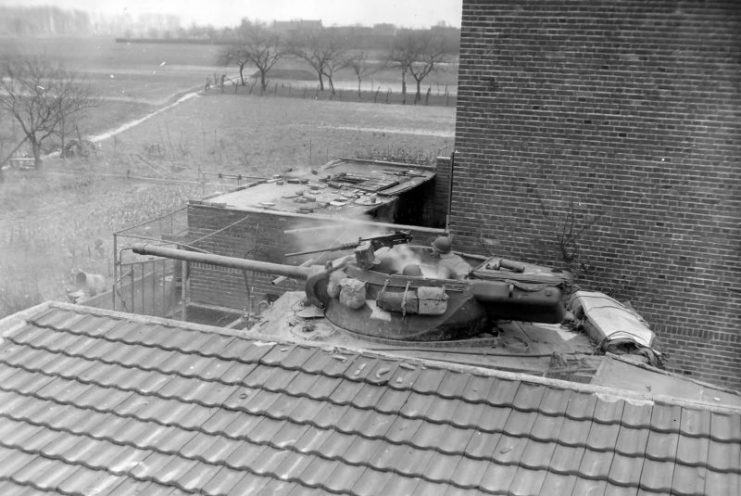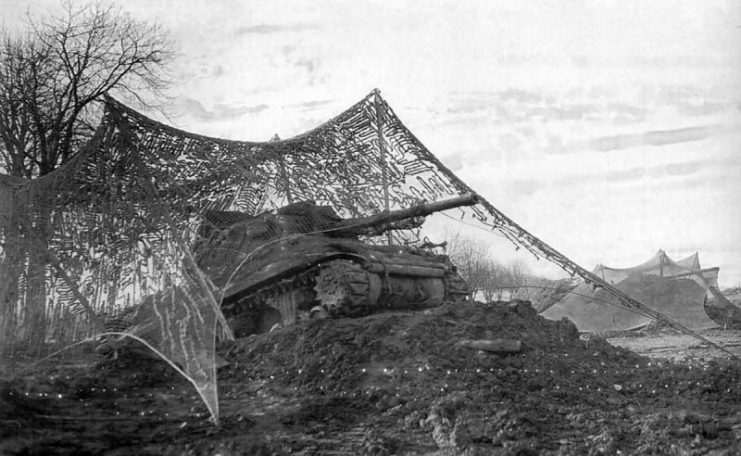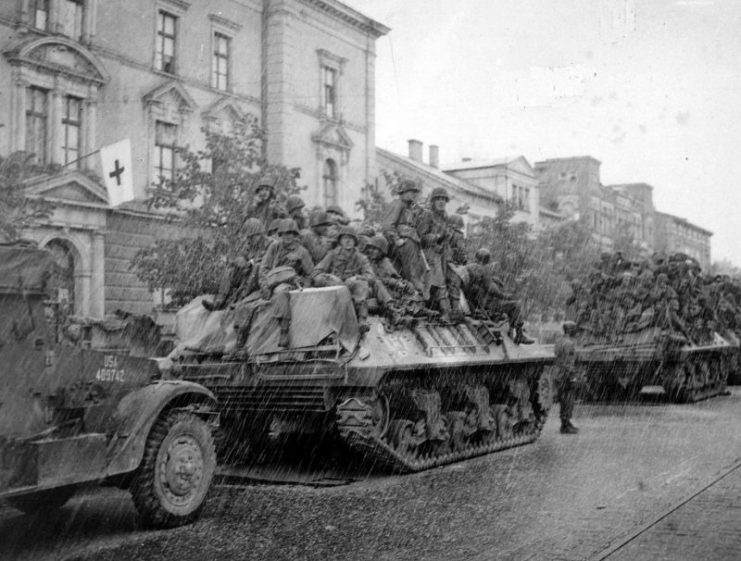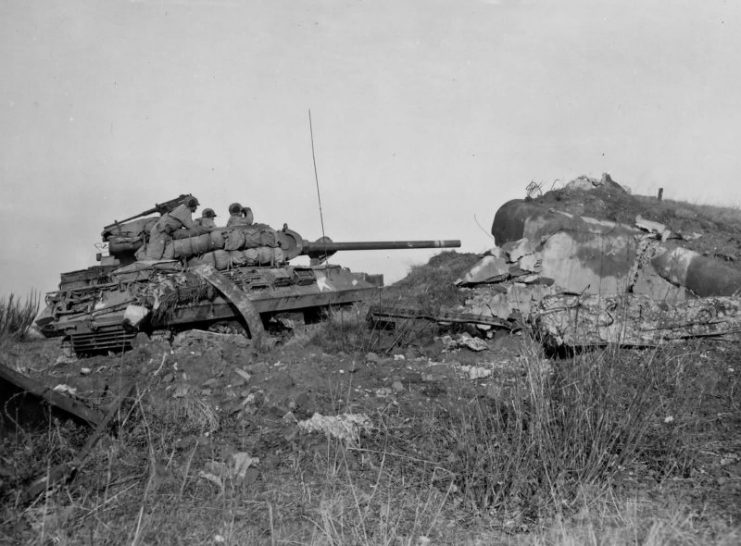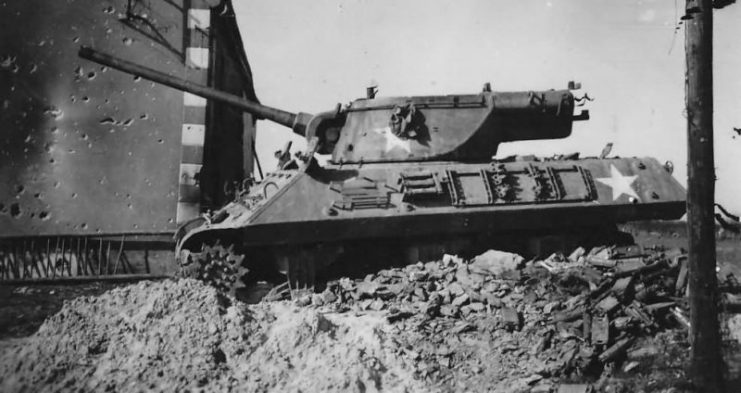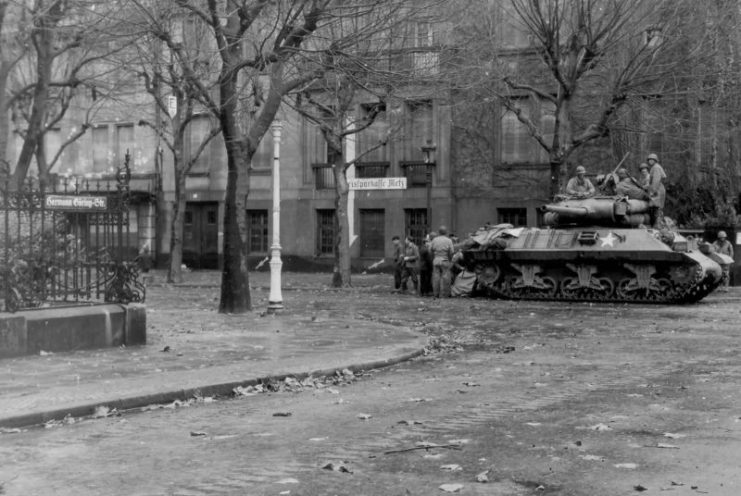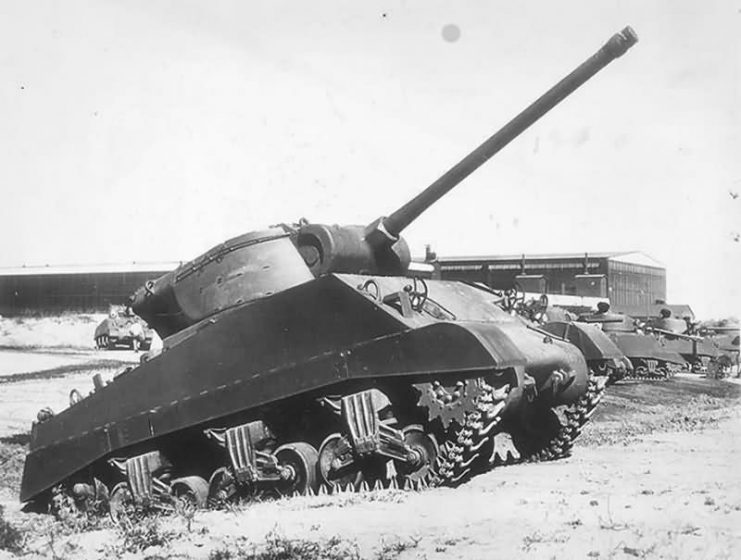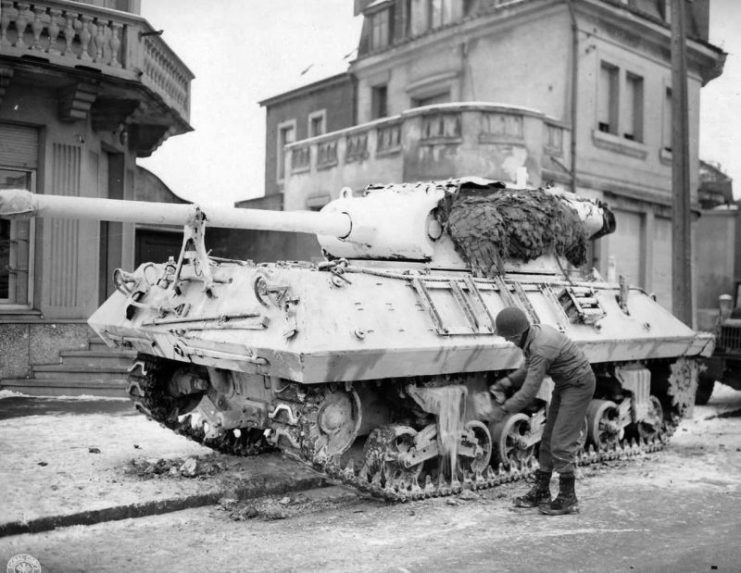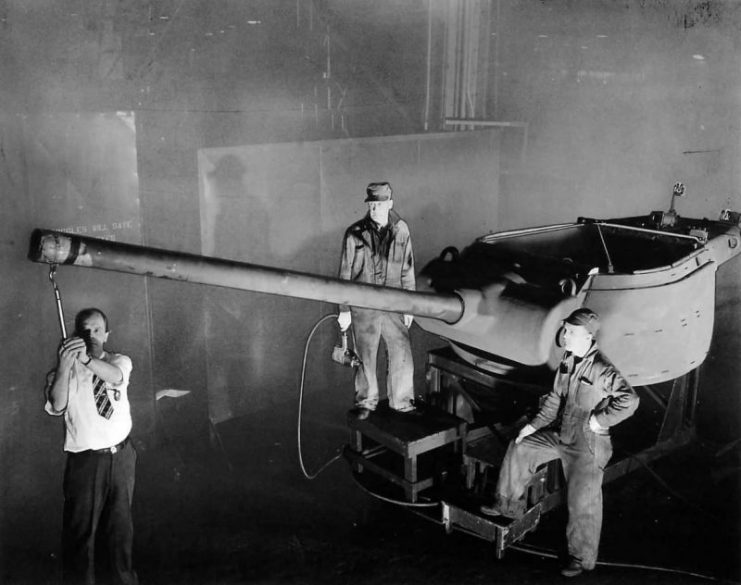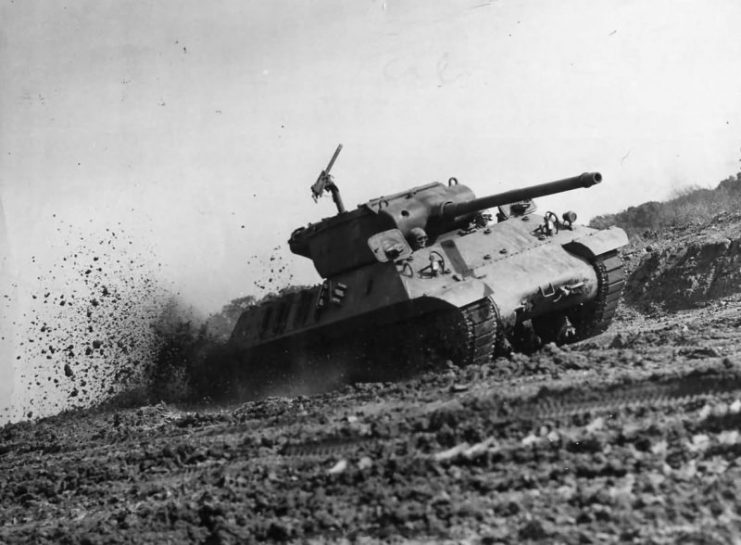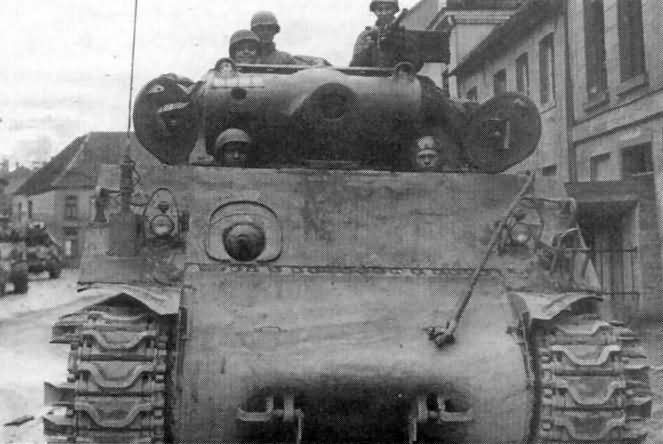When encountering German heavy armor, the Americans liked to rely on speed, manoeuvrability and most of all firepower. This doctrine enabled them to apply effective safe-distance ambushes and a number of hit-and-run tactics, while strictly prohibiting chasing or charging the enemy tanks.
The Tank Destroyer Force was tasked in fulfilling the mission of countering the German Blitzkrieg tactics, and for this purpose, an array of armored fighting vehicles were designed ― varying in gun caliber, armor, and speed.
M36 Jackson was among the heavier designs that fell into the tank destroyer category, and its combat history tells a tale of a successful blend of firepower and maneuverability which helped bring the dreadful panzer units of the Nazi Armada to defeat. Despite the fact that most of the tank destroyers of the era used guns that were fixed to the hull, the American series all included a turret, which provided more options in battle but also gave a higher silhouette, making them easier to spot.
The M36 was based on an older design designated the M10 Gun Motor Carriage, whose chassis and drivetrain were developed from the legendary Sherman.
Fitted with a 90 mm M3 gun, it was one of the most powerfull American tank destroyers of the war, powerfull enough to serve in several other post-WWII conflicts and stay in active service well into the late 20th century.
Although speed was regarded to be the advantage of American tank destroyers, the M36 was still too heavy to achieve the incredible velocity of its little brother, the M18 Hellcat.
It first saw action in October 1944, in Europe, where it quickly earned the sympathies of its crewmen, as it was one of the few Allied tanks capable of knocking down enemy heavy armor from a great distance.
However, the massive firepower of the 90 mm gun had its disadvantages. Crewmen complained about its massive muzzle blast obscuring their vision and reducing the rate of fire during the first month of combat. Luckily, a double-baffle muzzle brake was installed in November 1944, to all available units.
Two extraordinary kills were documented during its first year of service ― the first was done by Corporal Anthony Pinto, who destroyed a Panther tank from a distance of 4,200 yards and the second was credited to Lt. Alfred Rose, who also scored a kill against a Panther from an incredible distance of 4,600 yards, which was also the maximum range of his telescopic sight.
